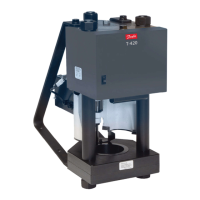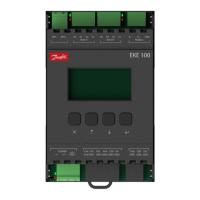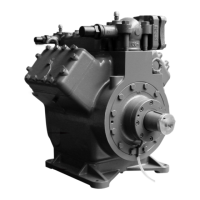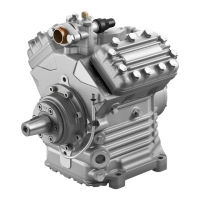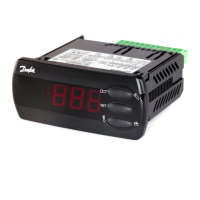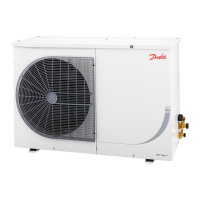
Do you have a question about the Danfoss Termix VVX-IV UFH and is the answer not in the manual?
| Category | Industrial Equipment |
|---|---|
| Brand | Danfoss |
| Model | Termix VVX-IV UFH |
| Application | Underfloor Heating |
| Flow Rate | Varies depending on model and configuration |
| Material | Brass |
General assembly, installation and commissioning must be carried out by a qualified and authorised HVAC technician.
Highlights risks associated with exceeding operational parameters and the need for safety valves.
Emphasizes reading instructions, authorized personnel, and frost-free installation requirements.
Covers safe handling, lifting, re-tightening, electrical connections, and water resistance.
Warns about high pressure/temperatures, hot surfaces, and sharp edges.
Confirms that assembly, installation, and commissioning must be performed by authorized HVAC technicians.
Instruction to remove the inspection and service hatches as the first step in lifting the unit.
Reiterates safety notes, specifies 230V AC connection, and potential bonding requirements.
Ensures wires avoid hot pipes/sharp edges and confirms all electrical work by authorized personnel.
Lists critical checks: pipe connections, isolation valves, union fittings, and heating circuit venting.
Detailed steps for filling both primary and secondary systems, including pressure gauge observation.
Explains the HTG pressure gauge and when to stop filling based on readings.
Details expansion vessel prepressurisation and required pre-pressure based on system height.
Instructions to start the pump, open primary isolation valves, and observe the unit.
Lists recommended inspection points: strainers, meters, temperatures, connections, and safety valves.
Details strainers cleaning, meter reading checks, temperature monitoring, and connection leak checks.
Advises checking safety valve operation and verifying system venting during maintenance.
States that troubleshooting and maintenance must only be performed by authorized personnel.
Lists initial checks: power supply, strainer cleanliness, network flow temp, and differential pressure.
Reiterates that troubleshooting and maintenance must be carried out by authorized HVAC or electrical technicians.
Troubleshooting for incorrect DHW temperature, low flow, and long waits for hot water.
Solutions for incorrect space heating temperatures, covering pressure regulators and air bubbles.
Troubleshooting for high primary return temps, unit noise, and pump pressure.
Pre-dismantling checks: closed isolation valves, unplugged unit, and cooled down.

